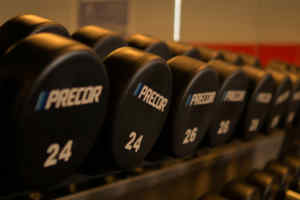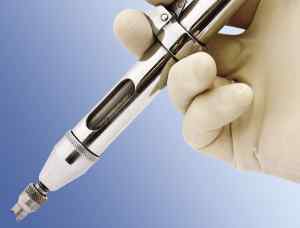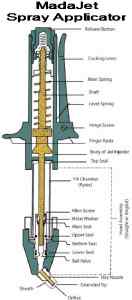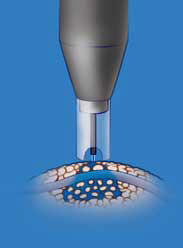So you’ve finally made the decision to go for that vasectomy procedure—congrats! Knowing what’s best for your body and future is the first step, and now it’s time to make sure you’re well-versed in preparing for the surgery. The outcome and success of your vasectomy can depend on how well you prepare yourself pre-surgery, so we’ve compiled a list of essential pre-operation dos and don’ts.
DO
Do let your doctor know if you’ve undergone previous scrotal surgery.
 Do inform your doctor about any other medications you may be taking.
Do inform your doctor about any other medications you may be taking.
Do follow a diet that’s high in antioxidants (fruits and vegetables, whole grains, green tea).
Do eat a normal breakfast/lunch on the day of your procedure to avoid becoming lightheaded later on.
Do fully shower and clean the area around the scrotum on the day of your procedure.
Do shave your genital area if your doctor instructs you to.
Do arrange for a friend or family member to help drive you home after the surgery. Driving yourself may put pressure on the surgical area.
DON’T
Don’t take any aspirin, anticoagulants, or non-steroidal anti-inflammatory drugs such as Ibuprofen, Motrin, Aleve or Advil starting two weeks before your procedure. These medications can thin your blood and cause bleeding afterward.
Don’t drink alcohol starting 2-3 days before your surgery.
Don’t shave the scrotum the day before your surgery, as any nicks and cuts will not be fully healed by the next day.
Don’t apply any lotions, colognes or deodorants prior to surgery.
Don’t wear any jewelry or piercings to the surgery.
Don’t bring a jockstrap or athletic supporter to wear post-surgery. Our office will provide you one.
Don’t forget to sign a consent form before surgery. This is to protect both you and your doctor to ensure that you’re aware of what the operation entails and its potential risks.
For more on how to prepare for your vasectomy, check out our earlier post on how to prepare for an Easy Vasectomy®.







